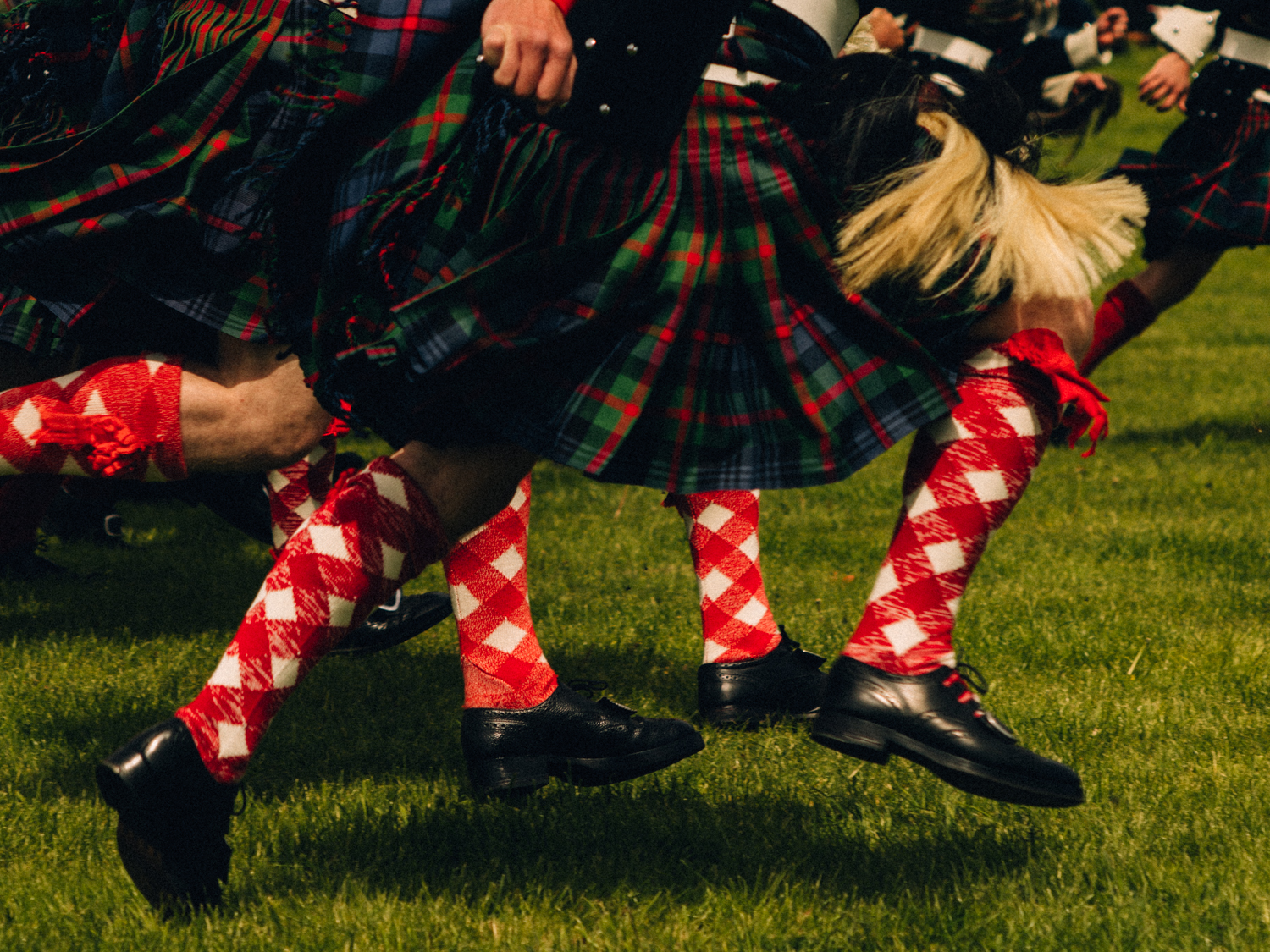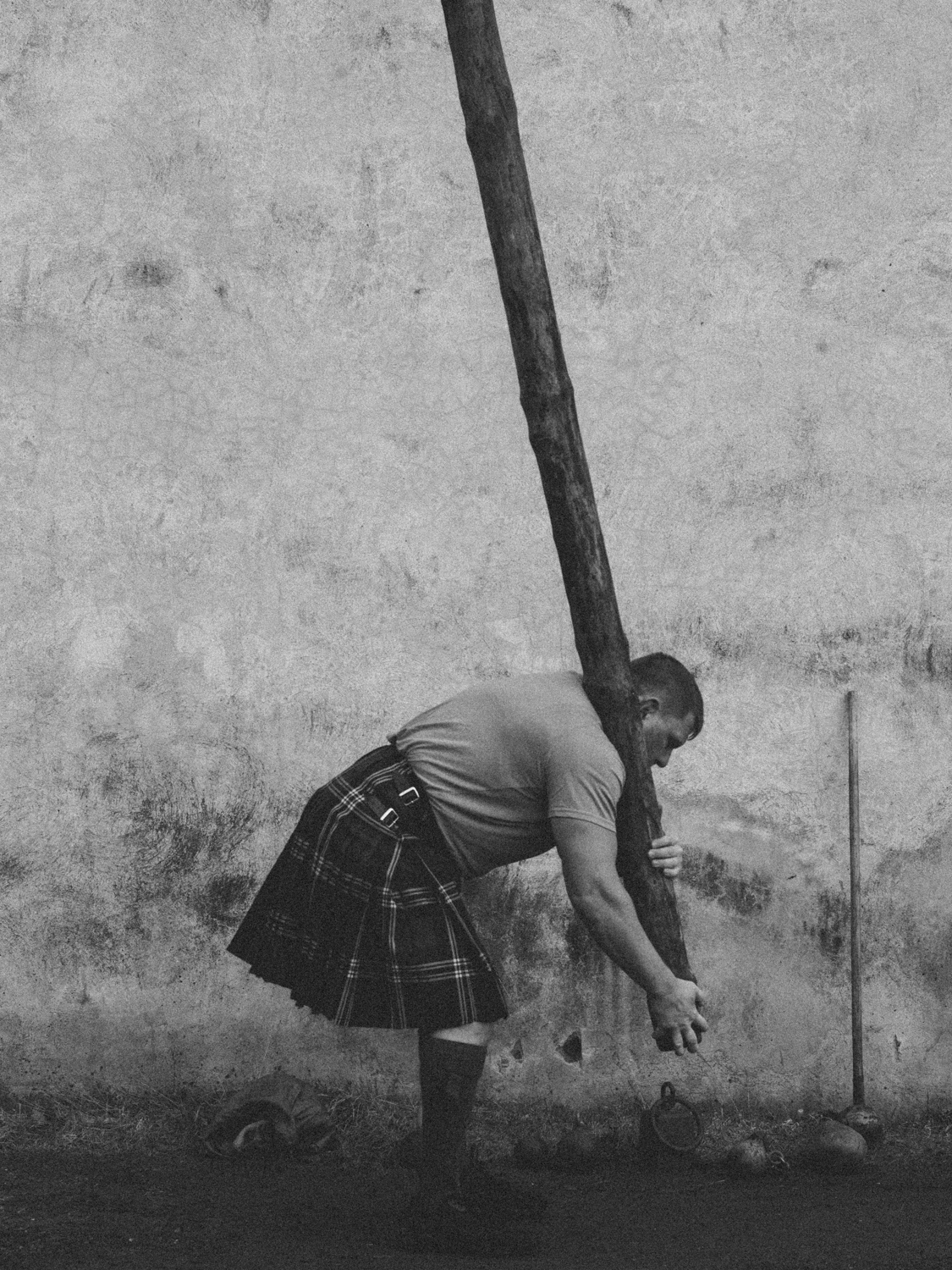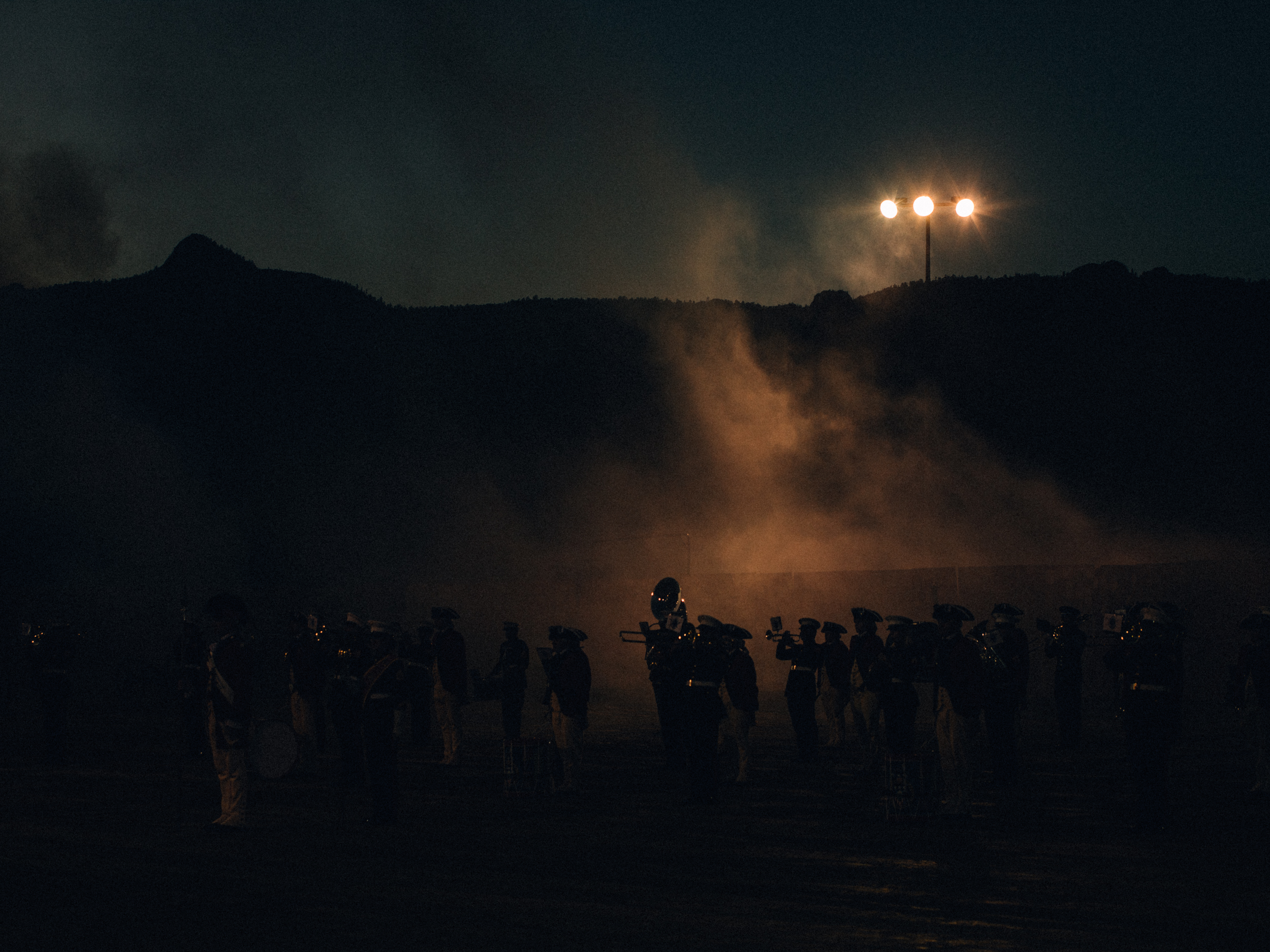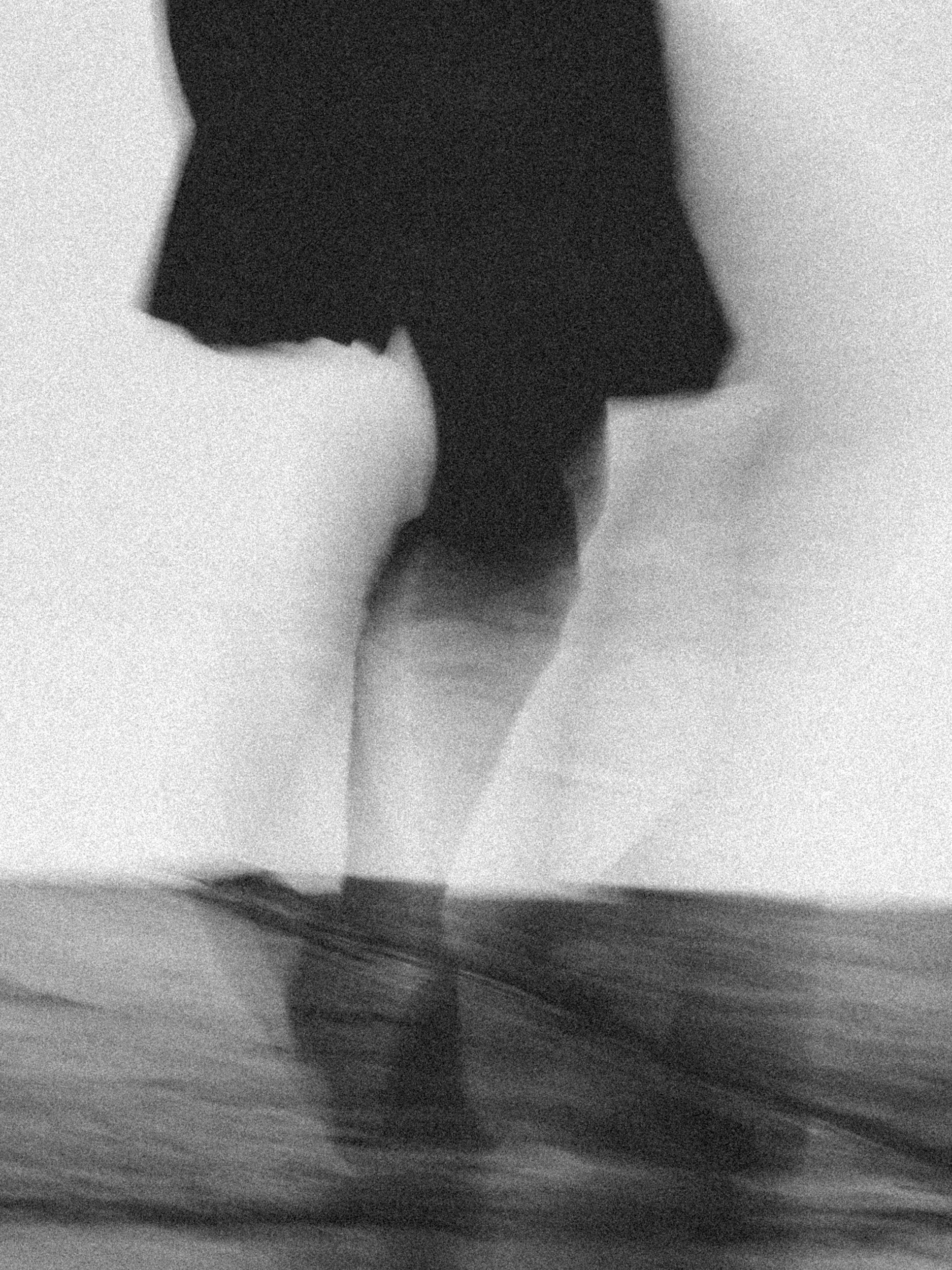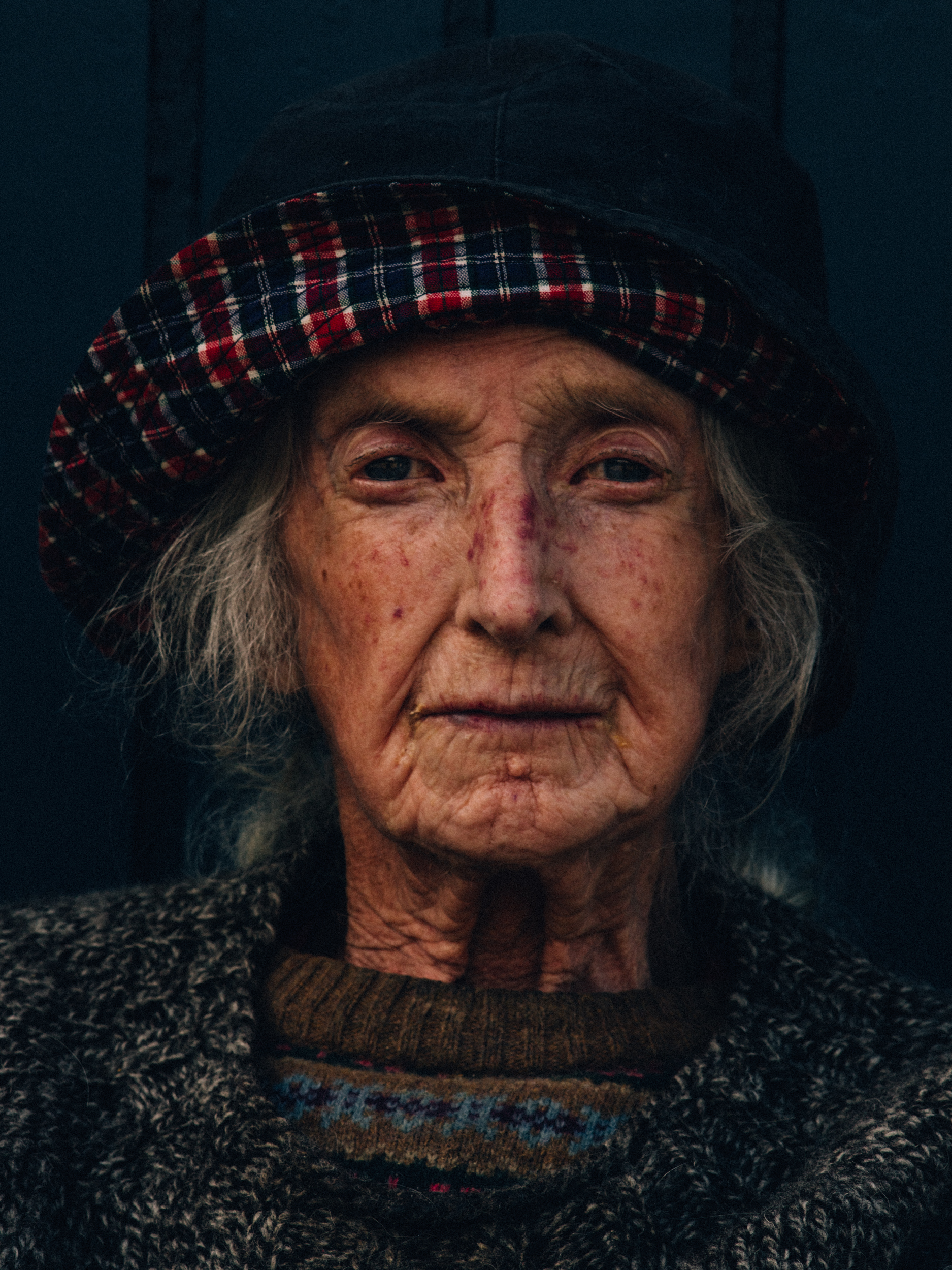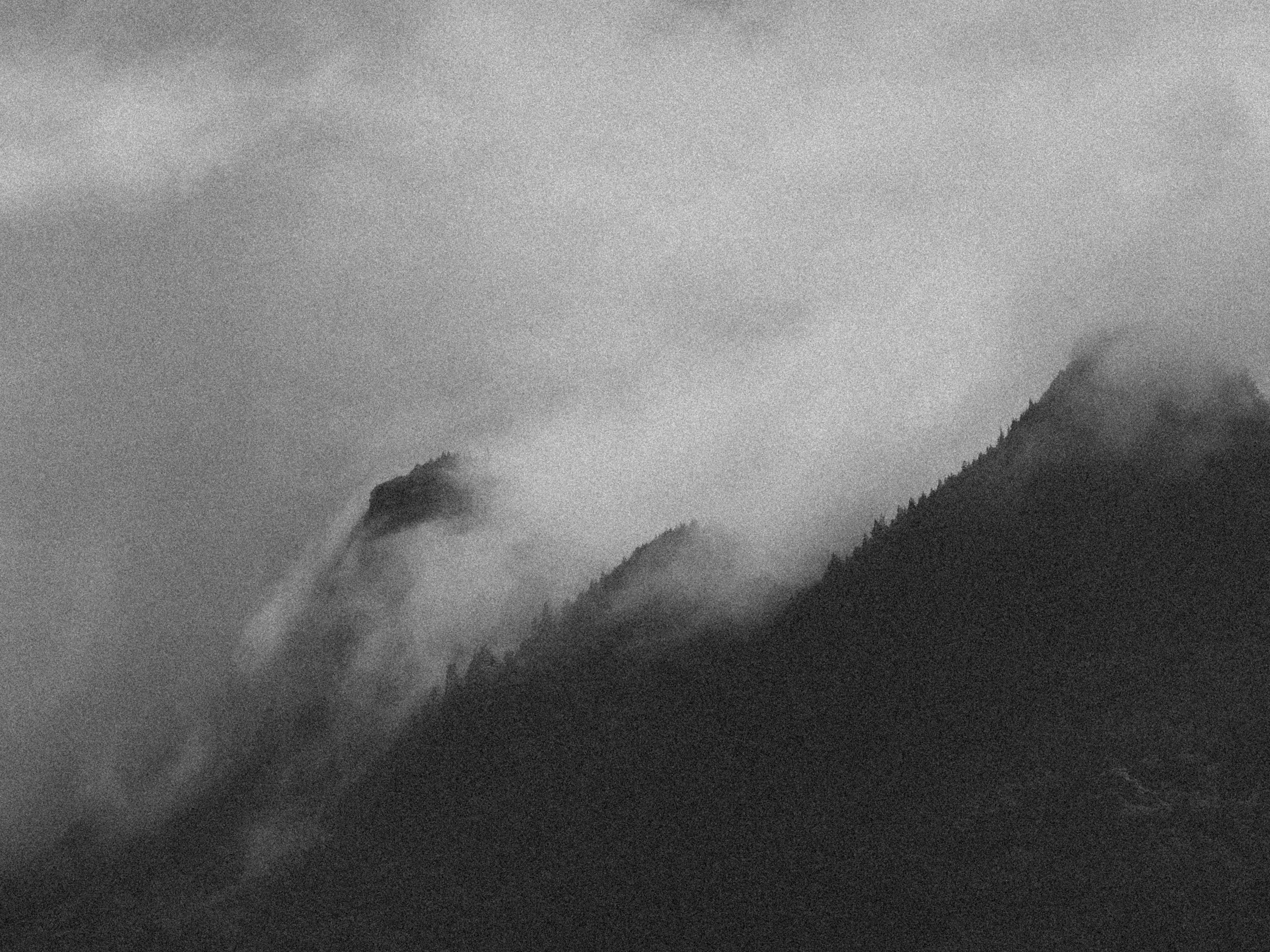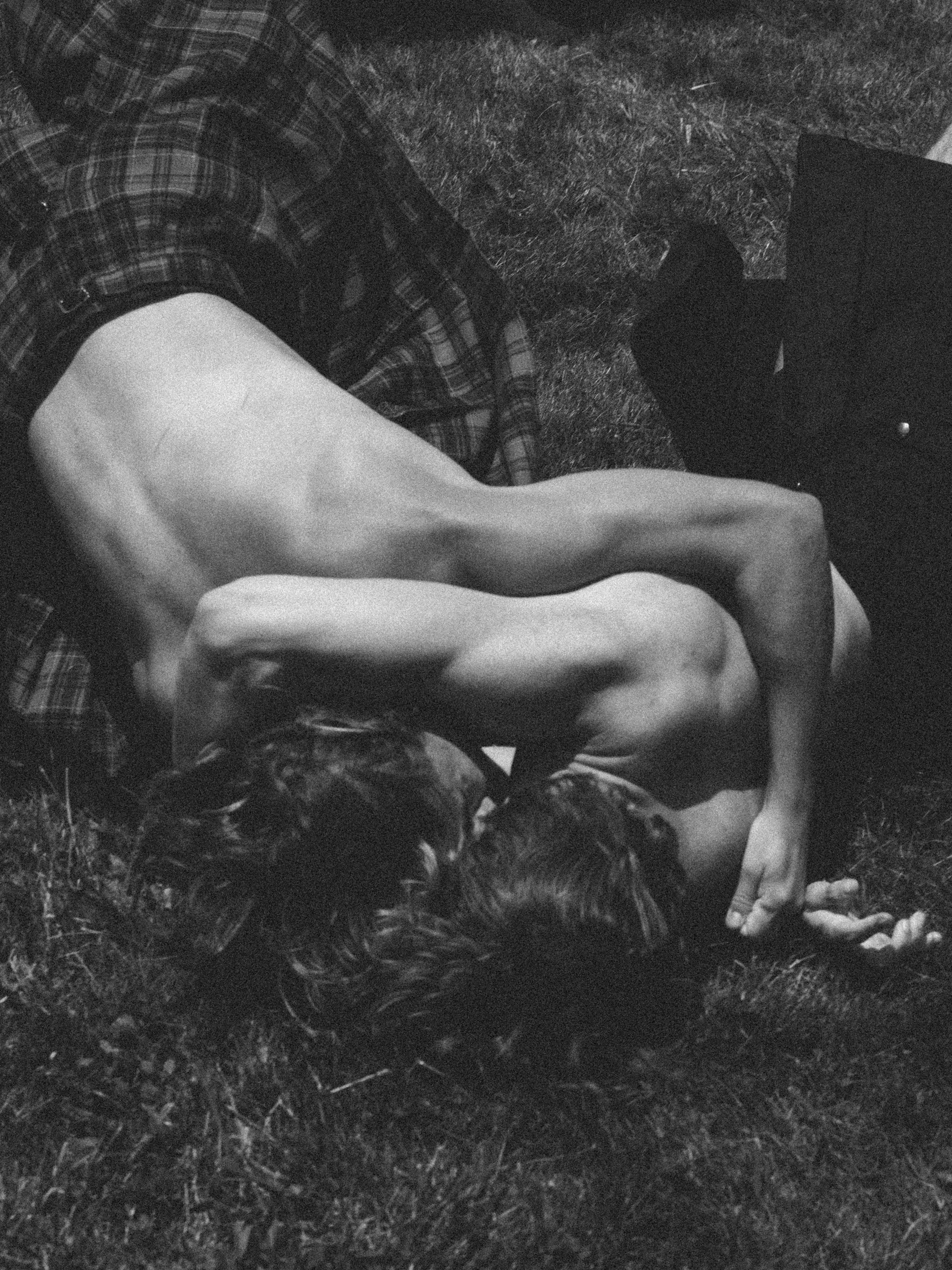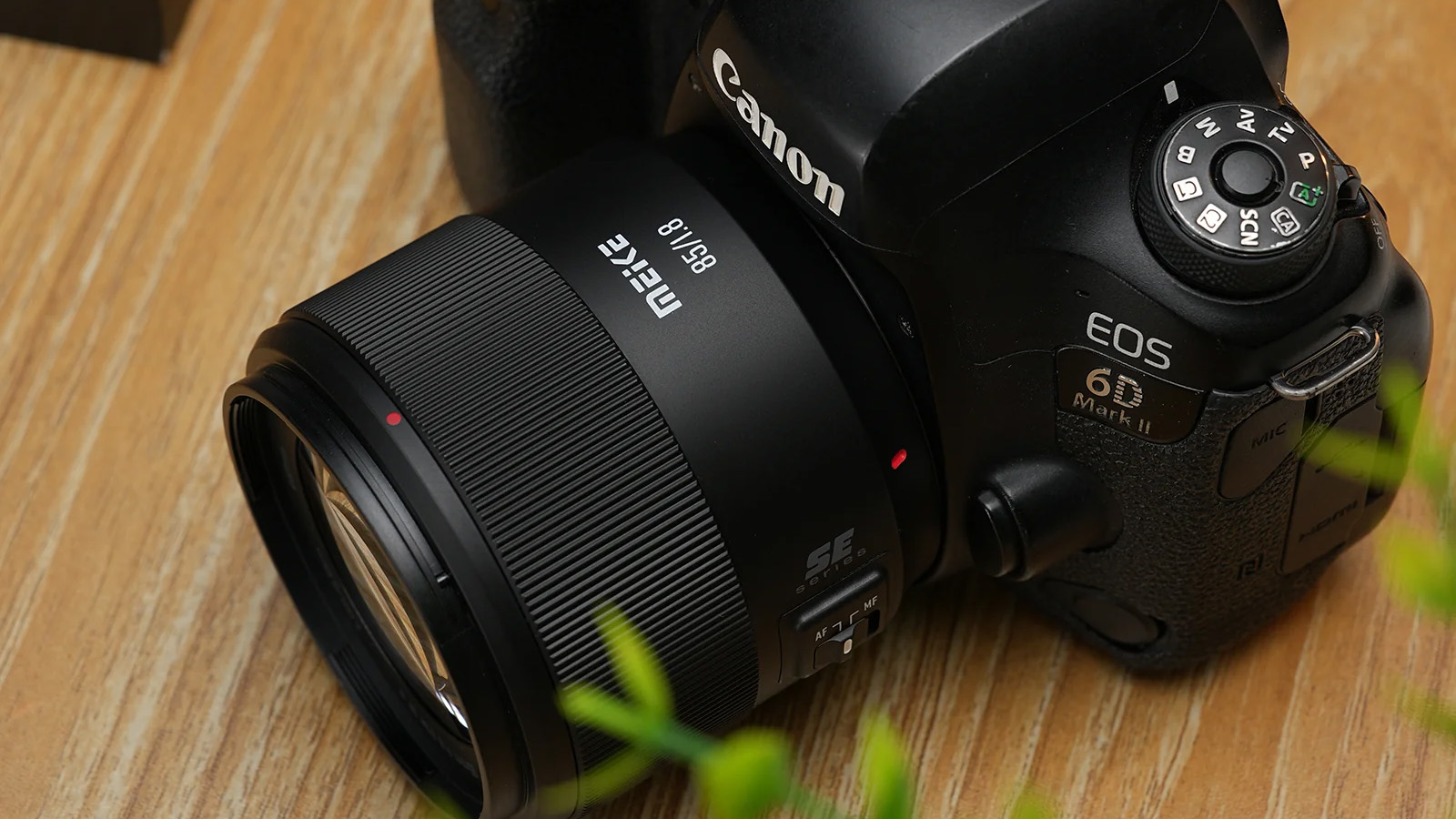"I decided to scrap three years of work and start again!" Photographer Robbie Lawrence takes us through creating his new book
We sit down with renowned photographer Robbie Lawrence ahead of the launch of his new book, 'Long Walk Home'
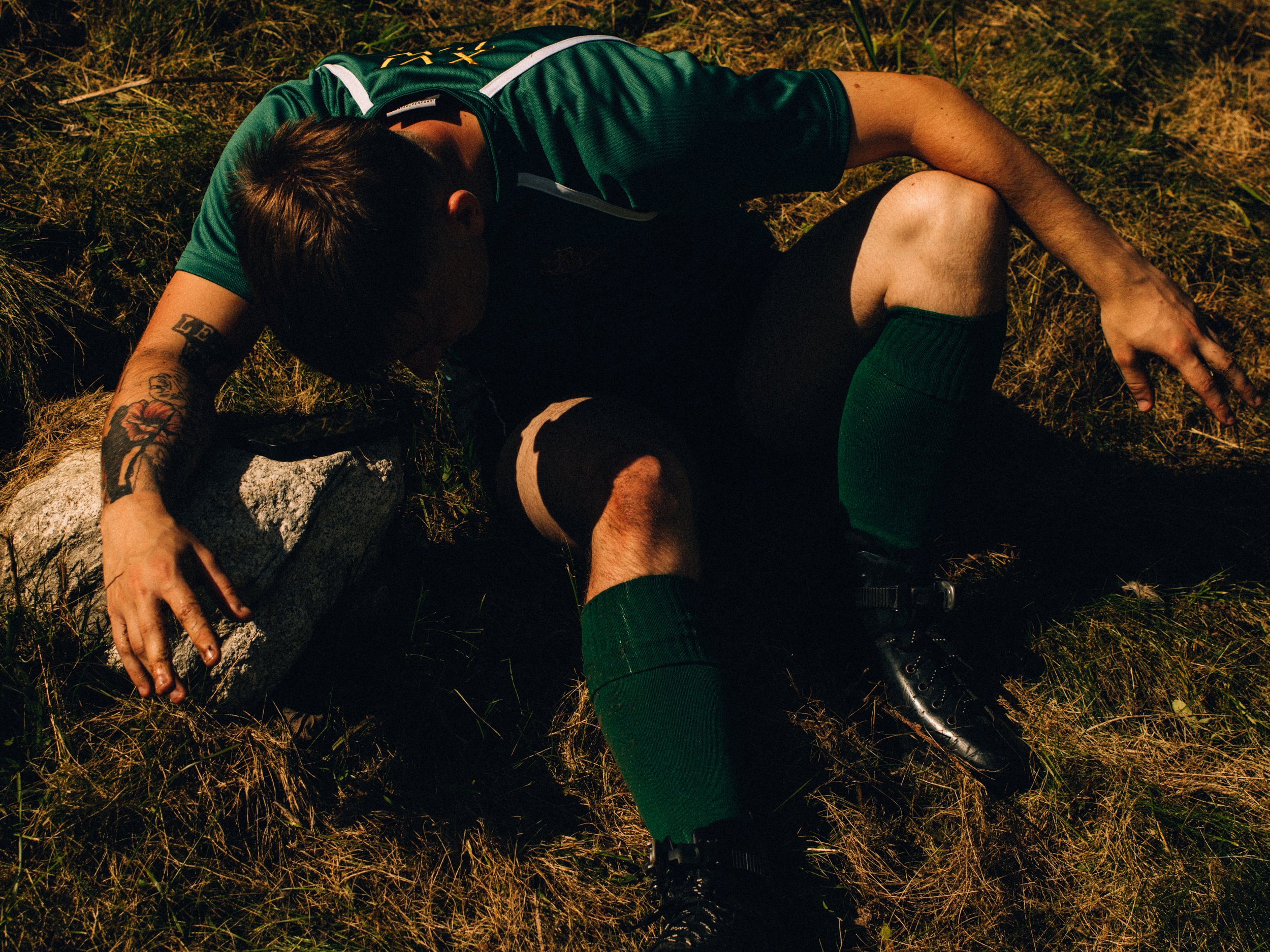
Robbie Lawrence is a commercial, portrait, and fine art photographer I have admired for many years. His ability to blend client and personal work is a constant inspiration to me and my practice, and I have always shared his work with other photographers who look to do the same.
Whether shooting advertising campaigns for Hermés or portraits of Oscar-winner Cillian Murphy, his style is very much recognizably his own – and this stems from personal projects such as his new book, Long Walk Home.
Published by Stanley / Barker, Long Walk Home depicts Lawrence's journey of navigating Scottish nationalism through the vehicle of the Scottish Highland Games.
The double-volume book is without question one of the most beautiful books on photography I have seen in recent times, and ahead of its release I sat down with Robbie to discuss his inspirations, approach and experiences in creating the work.
Can you explain what Long Walk Home is about and what drew you to it as a subject?
The initial premise began when I was trying to find a way of engaging with Scottish nationalism. Having not lived in Scotland for almost 15 years, part of my interest was one of being an outsider and trying to understand where the nationalist sentiment in the country was rooted and what vehicle I could use to engage with what I perceived to be an overly sentimental view of Scottishness.
So I was scavenging for ideas and started thinking about the Highland Games as an option because it has held up as one of the main totems of Scottish cultural identity.
I set myself the target of going to the games and seeing what I could find, which led to about three years of attending the Games every time I was back in the UK. I was trying to go to various games all over the country and document them.
In retrospect, I did this without much of an aim beyond the exploration. I had a realization about two years ago that the work I was creating wasn't saying very much and because of the nature of my aesthetic, I was almost contributing to a nostalgia for this thing that in many ways has a complex past and one that I didn't feel particularly nostalgic for – like that kind of Scottishness on a surface level never necessarily appealed to me. So I decided to scrap three years of work and start again!
That must have been a tough decision!
It was pretty painful, but it was really useful because all that data-gathering and all the research had led me to some clear ideas about how I wanted to represent this thing.
The body of work that you see in both volumes, as the book is made up of two separate sections, is two years of intensive work. So, that's the holistic idea – to examine Scottish identity through the lens of the Highland Games and how it's practiced both in Scotland and America.
By looking at the book, the images shot in Scotland and America are indistinguishable. Did you shoot in specific places in the US and Scotland?
No, it was all over. I went to LA, Denver, North Carolina, and then all over Scotland. The idea behind the American element was I discovered, during this research, that around the post-Culloden period when the final physical battle for independence failed, the English government decided to commit this almost cultural genocide in Scotland, which precipitated the Highland clearances.
The idea behind this was that if they stripped away Scottish culture and took away the totems of their identity, then they'd lose the will to rebel again. What ironically happened was that a lot of angry Scots moved abroad, not necessarily all angry, but certainly with some fairly clear ideas about land and the right to defend one's land and many of them ended up in North Carolina.
That began a generational move over the next 50 to 100 years of Scots moving to America where the traditions started up again. What I found interesting was that you effectively have two lenses on the same idea.
Did this affect the traditions?
Ironically a hundred years later when the Victorian government needed to bulk up its army to invade and colonize, India in particular, they had to start reaching out to the Scots again. So they started reintroducing British Scottish culture back into Scotland, but through this sort of Victorian lens, if you like.
Victoria had a particular love for the Highland Games and all the pageantry around that, so the games that we celebrate today are an appropriated Victorian version of the initial premise – so it's not even a particularly Scottish thing any more, and yet it's held up as the totem in our cultural heritage.
I became interested in this idea and wanted to query whether it mattered. Whether the Games that are being celebrated don't necessarily have a link to the true version of the Games or whether in fact, it's okay for people just to celebrate things as they see them or as they have in turn appropriated them.
In America, the need to prove one's Scottishness is much more pronounced at the Games. So there are far more ceremonies that go over almost a mix of made-up and potentially real songs and chants that by my memory have no link to my memory of Scotland, but to these people that kind of gave them some sort of value system and link back to their heritage, and I've always been interested in that American need to kind of reference the past.
I started asking why we need to remind ourselves where we come from. So the way that I decided to work on the two parts of the book was firstly trying to sort of scrape away and distill what I was seeing to the only elements of the games that existed from the beginning. The sports, music, and dancing have changed in many ways, but the heavy lifting and the bagpipes have remained relatively similar.
How do you approach capturing this with your images?
I had the idea of isolating these figures within quite decontextualized spaces as a means of showing this idea that things can remain and disappear. But for these people who are participating, it doesn't necessarily matter.
In the past two books I'd worked on, the images that I made for Blackwater River and A Voice Above the Linn were very much like found images. I kind of like observing life and to some degree holding the mirror up to it, obviously through a subjective lens.
But this one was very much about constructing images and creating a near-documentary. Not that it's not real or a documentary – it is – but in its genesis, it is a constructed idea. This is amplified in the portraits in the second volume which are effectively all the people I met along the way, re-photographed in the context of old Scottish portraits of noblemen.
So the sort of construction is emphasised by the tape being left on the floor or the photo stand being left in the background. It's meant to show that these are constructed images.
How much was shot instinctively and how much was constructed?
I think when you're photographing movement it naturally leads to spontaneous photographs, but I was consciously repeating a motif throughout, both in the first and the second section.
In a way it helped to decontextualize the places where I was photographing. So you don't necessarily know that you're looking at an image from North Carolina or from Glasgow or LA – it's all kind of ambiguous, and that's deliberate.
I expected it was going to be different and that it might ruin the book or become too juxtaposed, but it was actually similar to the things I was sort of finding in many ways.
Were you conscious of not trying to make it too stereotypical or cliche?
Yeah, I think that's partially why I've always struggled with that notion of Scottishness. I've never felt that there was a need to note where I came from and I find it quite strange when someone says "Robbie Lawrence – a Scottish photographer".
Can you tell us a little about the title of the book?
The title of the book is taken from a Norman MacCaig poem called Highland Games, which talks about this notion of the 'long walk home', and this is my own walk back to this place and my attempt to understand it. But also, all the people participating in the Games to some degree are participating in this walkback.
It's a beautiful verse that is worth reading. In the second section, before his recent passing, I had the honor of having John Burnside write an essay in which he breaks it down in a really succinct and strong way.
The essay is extremely touching and adds a personal element and a further dimension to the work. How did that collaboration come about?
John was my university tutor and we stayed in touch over the years. I was commissioned to photograph him by the New Statesman straight after he'd nearly died during the early stages of the pandemic. It was one of the first portraits that I was commissioned for, and they didn't actually know I had any connections to John at the time.
At that point, I'd been gearing up to ask him if he'd write some poems for A Voice Above the Linn, and it offered the opportunity to show him the work and discuss it in person. I was pretty surprised that he agreed to it, but I also knew that he loved photography and we were both very interested in the intersection of words and images.
Part of me was wondering about having a more political writer for this book, but knowing John's interest in the book’s subject matter, I felt like he was the perfect person to write this. I really liked that he was able to weave the anecdotal in with the broader picture.
Has your relationship with Scotland changed?
Yes, I think I'm far more sympathetic with this part of Scottishness or rather I feel far more clear about why people do celebrate it. I have a greater understanding that for most people it's a community gathering, a coming together of the local town, village, or city to serve some degree to celebrate Scottishness, which is a diminishing practice in modern society.
I now feel quite strongly that it is important to have these things that physically bring us together, and fundamentally I don't think these people who are participating in that moment are necessarily engaging with their own Scottishness, I think it's really about music, and seeing your friends. It became a space that felt far less cheesy, which was my initial reaction to the games.
I didn't really understand what it was about when I first went, I found it very pastiche and it didn't do anything for me on an emotional or critical level and I didn't feel like I was learning very much. But by engaging with the people who participated from all ages and multiple times, I think it gave me a very clear lens on the whole thing.
An incredible personal journey as well, I imagine?
Yes! I feel sad it's over and sometimes you don't feel like that with personal projects, sometimes you want them to finish.
Your use of golden light is almost a Robbie Lawrence signature, and I imagine shooting in Scotland it’s not readily available all the time. Did you have to adjust your usual approach?
Yeah, it's interesting. In the past, I would shoot at particular times of day to guarantee a specific kind of light. In this book, because I couldn't control the times of day that the games were occurring, I was forced to almost walk away from that approach and it probably led to the use of black-and-white a little bit more.
I also used a combination of color and black-and-white because I was interested in this tension between the modern and the traditional, playing with that feeling through the use of like a modern black-and-white approach and a more traditional one.
But I think there are always colors that I'm naturally drawn to and red runs quite strongly through the book as a sort of subconscious motif. That's just almost an aesthetic thing, not thematic in this case. It was a way to tie a thread through the various parts of the world I was shooting in, and also drew back to the repeated idea.
I've never had such a big body of work before to chip away at and distill; there's so many images that didn't make it into the book that I really love on an individual level. I had to be really brutal with this one, but you know sometimes you have to walk away from an individual image with the wider picture in mind.
Yes absolutely! The editing process fascinates me and the Long Walk Home edit is extremely considered. Did you have help in editing it?
Yeah, I mean, Gregory Barker [co-founder of publishers Stanley/Barker] and I always go back and forth, and it's interesting because all three of the books I'd say we had a similar edit number – I think it was about fifteen to twenty edits of the layout for each one. We do at times have very different ideas about images, so we carved out something that we both believe in.
To some degree, whenever you finish a body of work and you hand it over to someone you have to prepare yourself to be horrified by their view on it. I was surprised by the initial edit of each book but then he made me see the book in different ways.
I also work with Dom from my gallery and to some degree my partner Maddie as well, who is a journalist and understands my practice.
I try to not have too many chefs, and I try and only show the work if I have a specific aim behind the question – I don't just go looking for affirmation any more. I used to do that, but I don't think it's helpful. Having a very specific need and recognizing that and communicating that is important when getting people to edit your work.
You mentioned the Webber gallery in LA, where this body of work is currently on display through July. Will it be traveling after that?
Yeah, the plan is to bring it to London and potentially New York. I think with this one because it is such a large piece of work I will move it around and show it as much as I can.
It's so nice seeing work large and in a physical sense, I suddenly started discovering stuff in images that I hadn't even noticed which is amazing! It reminds you that that's how we should be viewing photography, on a wall or in a physical sense.
I will certainly be first in line! Any plans for it to go back to Scotland?
Yes, we're doing a signing at the Stills Gallery, Edinburgh, at the end of July, and then I am hopeful it will be on display at other galleries soon after.
I wouldn’t be fulfilling my duty at Digital Camera World if I didn't touch on equipment. When we spoke last year, you mentioned gear doesn't play too much importance in making your work. Is that still the case?
Yeah, I haven't ever changed the setup. I'm still just shooting with the same digital body and manual film primes mounted on it which I think provides a nice middle ground between the two mediums. It naturally slows you down because you have to manually focus through a digital viewfinder which is tricky, and you are quite compromised by using it, but the depth of tone and the flatness of the images is worth it – it adds so much character.
What is the go-to camera and lens combo?
It's just a Canon 5D Mark IV and a selection of Pentax 67 primes, a 70mm, 120mm, and I think a 55mm – honestly, I don't even look!
My understanding of the camera and the lenses is sort of distilled into my brain now, I'm only just looking at what's on the other end of the lens. I'm not worrying about whether it is the best means, just that it's a means that has suited me.
I don't encourage people to get too concerned about equipment because I think if you give 20 photographers the same camera they're all going to come back with something different.
Did you use any lighting throughout the book, perhaps the studio portraits in the second volume?
No, they are all taken with natural light – which was more of a personal decision. The portraits in the second section were taken in a large hall in the center of Edinburgh, and I was interested in a longer-exposure portrait and what it would do to make the subject stand out.
Some of the portraits are taken in near winter darkness, and you can see the blue hue of the natural light from the large window. I was very interested in the restricted nature of working with natural light in this case, and I was reading about Kubrick's approach to the movie Barry Lyndon, the difficulties he faced, and the compromises that he had to make.
I think it's like good to challenge yourself. I mean, part of the reason why I'm happy with this one camera is that it has technical restrictions. It doesn't have an ISO that you can push to a million and you can't shoot just anywhere, so you have to stick to quite traditional rules.
I wanted to stick to those rules for those portraits and emulate the restrictive nature of traditional photography, at the mercy of what the light was doing in the moment, much like the traditional painters I was referencing. This led to very interesting and naturally occurring shifts in tonality.
Long Walk Home by Robbie Lawrence is published by Stanley / Barker and is available to order now for $100 | £75 (Australian pricing and availability to be confirmed).
An exhibition of the work can also be seen at the Webber Gallery, LA until July 20.
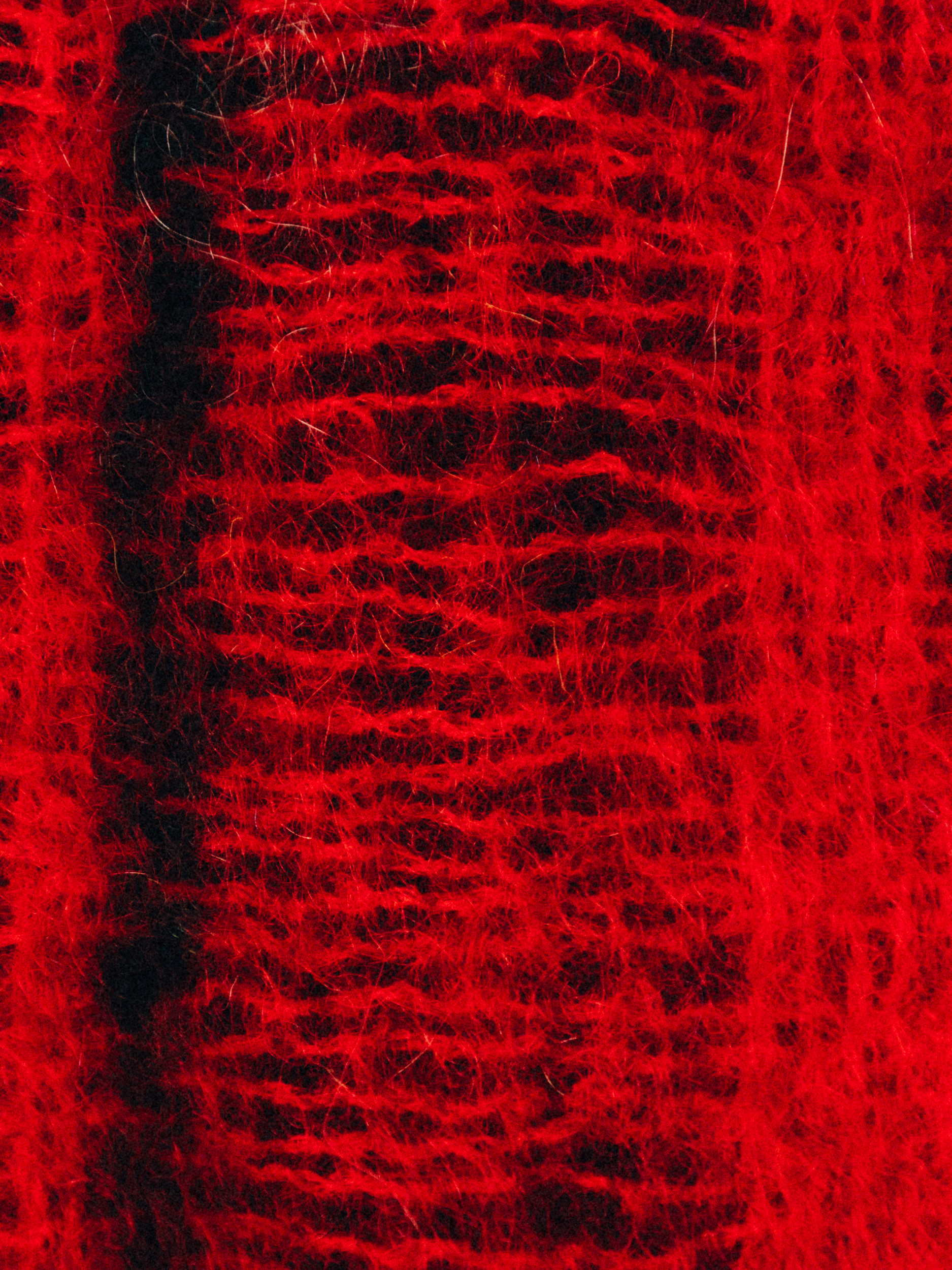
You may also be interested in our guides to the best books on photography, the best coffee table books, and the best books on portraits.
The best camera deals, reviews, product advice, and unmissable photography news, direct to your inbox!

Kalum is a photographer, photo editor, and writer with over a decade of experience in visual storytelling. With a strong focus on photography books, curation, and editing, he blends a deep understanding of both contemporary and historical works.
Alongside his creative projects, Kalum writes about photography and filmmaking, interviewing industry professionals, showcasing emerging talent, and offering in-depth analysis of the art form. His work highlights the power of visual storytelling.
